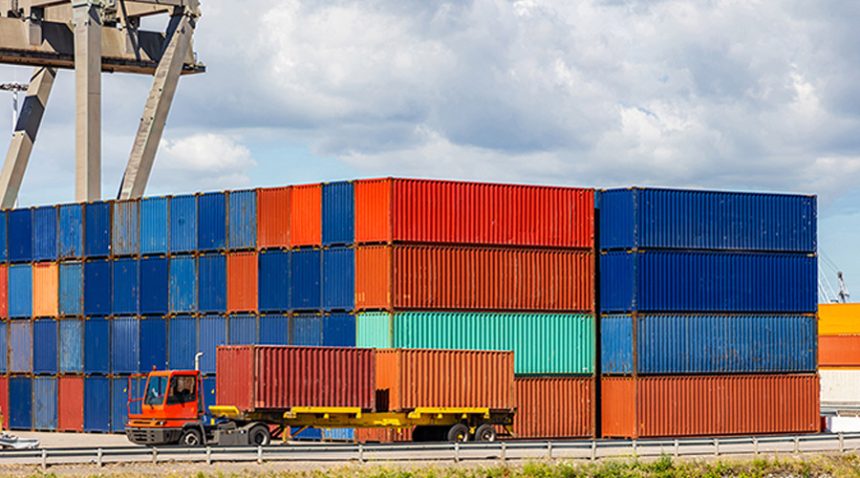Navigating Asia’s Free Trade Agreements: Opportunities & Challenges
Asia has embraced Free Trade Agreements (FTAs) as a key driver of economic growth, especially with the stalling of global trade talks. This surge in FTAs, while beneficial, has created a complex web of overlapping rules, often called the “noodle bowl,” which can pose challenges for businesses. This article explores the current state of FTAs in Asia, the challenges they present, and the potential future path.
What is Free Trade?
Free trade policies aim to reduce barriers to international trade, such as tariffs (taxes on imports) and quotas (limits on import quantities). The idea is that by removing these obstacles, goods and services can flow more freely between countries, leading to increased competition, lower prices for consumers, and greater economic growth. Free Trade Agreements (FTAs) are treaties between two or more countries that establish a framework for reducing or eliminating these trade barriers.
The Rise of FTAs in a Changing World
In recent years, the global trade landscape has been significantly impacted by factors like the COVID-19 pandemic, geopolitical tensions, and disruptions to supply chains. Businesses are now prioritizing resilient and diversified supply chains, and trade policy has become a critical consideration. With global trade talks often stalled, FTAs have become increasingly important for businesses seeking to access new markets and optimize their international operations.
FTAs: A Source of Opportunity
FTAs offer numerous opportunities for businesses, particularly those engaged in cross-border trade:
- Reducing tariffs: This lowers the cost of importing and exporting goods, making businesses more competitive.
- Simplify customs procedures: Streamlined processes reduce delays and administrative burdens.
- Establish rules of origin: These rules determine which goods qualify for preferential treatment under the FTA, allowing businesses to strategically source materials and components.
- Promote investment: FTAs can create a more stable and predictable investment environment, encouraging foreign direct investment.
- Enhance market access: FTAs can open up new markets for businesses, allowing them to expand their customer base.
FTAs in Asia Pacific: CPTPP and RCEP:
Asia Pacific is home to two of the world’s largest FTAs: the Comprehensive and Progressive Agreement for Trans-Pacific Partnership (CPTPP) and the Regional Comprehensive Economic Partnership (RCEP). These agreements involve numerous countries and cover a significant portion of global GDP and population. They aim to reduce trade barriers, establish common rules, and promote economic cooperation among member states.
Challenges and Considerations
While FTAs offer significant benefits, businesses also need to be aware of the challenges:
- Rules of origin: Understanding and complying with ROOs can be complex, requiring businesses to carefully track the origin of their inputs.
- Administrative costs: Implementing FTA provisions can involve administrative costs, such as documentation and compliance.
- Knowledge gaps: Businesses, especially SMEs, may lack awareness of the opportunities and requirements associated with FTAs.
- Geopolitical risks: Geopolitical tensions and changing trade policies can create uncertainty and impact the effectiveness of FTAs.
Strategies for Success
To maximize the benefits of FTAs, businesses should:
- Stay informed: Keep up-to-date with the latest developments in FTAs and trade policies.
- Seek expert advice: Consult with trade specialists or banks with expertise in international trade to navigate the complexities of FTAs.
- Optimize supply chains: Align supply chain strategies with FTA provisions to benefit from preferential tariffs and access new markets.
- Embrace digitalization: Utilize digital platforms to streamline trade processes, manage documentation, and track shipments.
- Build strong relationships: Develop strong relationships with partners in FTA member countries to facilitate trade and investment.
The Role of Banks and Financial Institutions:
Banks and financial institutions play a crucial role in helping businesses leverage FTAs. They can provide:
- Trade finance solutions: Access to financing for import and export activities.
- Cash management services: Support for managing cross-border payments and foreign exchange risk.
- Advisory services: Guidance on trade regulations, customs procedures, and market entry strategies.
- Digital platforms: Tools and technologies to streamline trade transactions and manage supply chains.
Conclusion
Free trade agreements are transforming the global trade landscape, creating both opportunities and challenges for businesses. By understanding the benefits and complexities of FTAs, staying informed about evolving trade policies, and leveraging the support of experienced partners, businesses can unlock new markets, optimize their supply chains, and achieve sustainable growth in an increasingly interconnected world. The ability to adapt to the changing trade environment, embrace digitalization, and proactively seek opportunities will be crucial for success in the age of FTAs.






